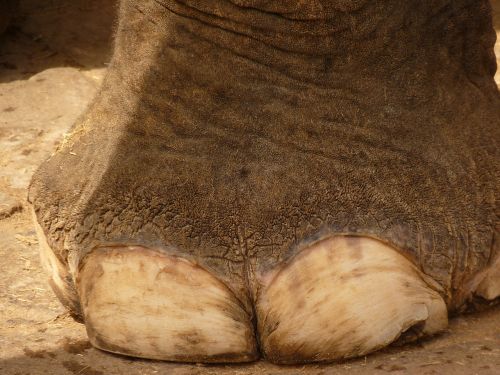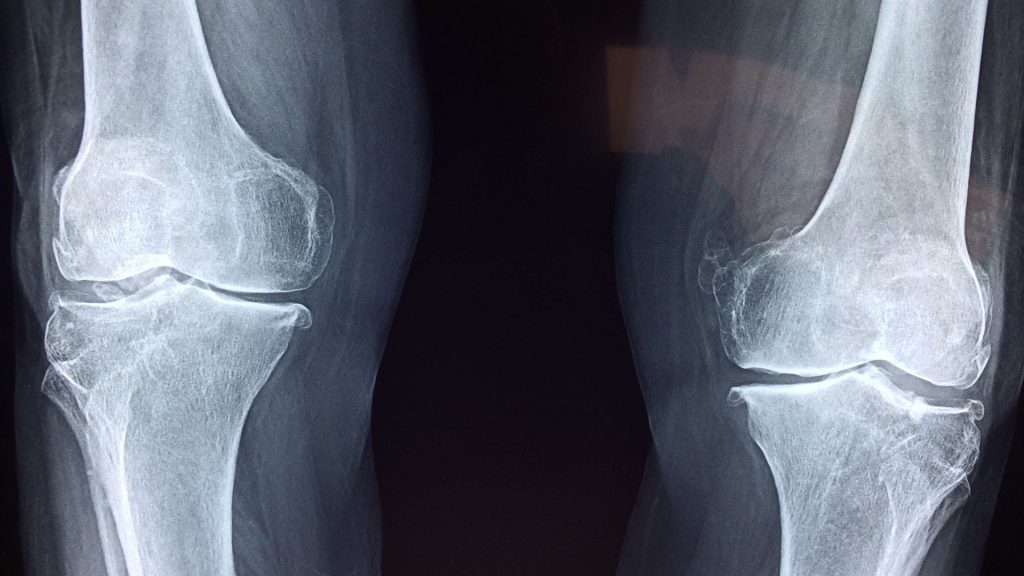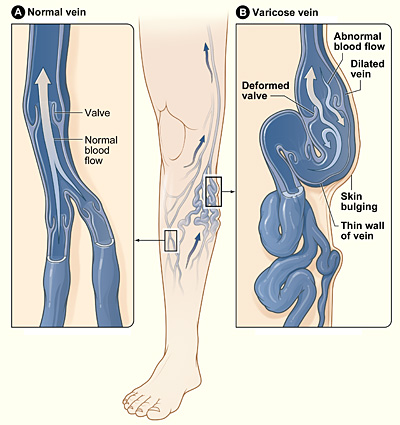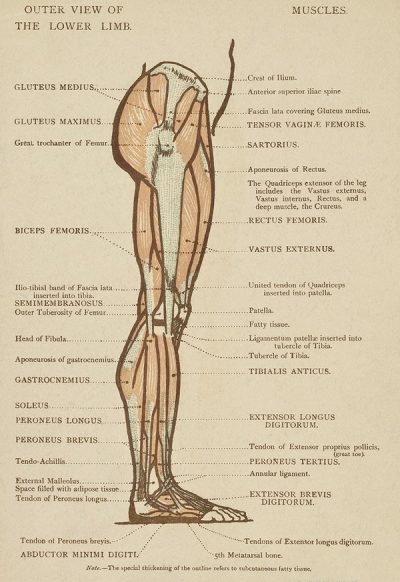Every so often, I’ll read a sensational news story with a title like, “Sitting Is the New Smoking.” These articles will have you believe that, if only the office workers of the world rose up to embrace standing desks, we would all stop dying of chronic diseases and live a healthy century.
I am so, so tempted to feel self-righteous when I read these articles. They feed into a weakness of mine: I love health stories that try to guilt me into doing something I’m already doing. But I just can’t get on board with the anti-sitting message. I’ve given up sitting, and I would not recommend abstention to anyone who has a choice.
After I fully abandoned sitting, my health (generally good up to that point) started to unravel. Standing all day led to trouble with my feet, legs, and knees. I developed new pains in my neck and upper back. At times, it felt like all the tendons in my body were calcifying into splinters.
No one ever warned me about the health consequences of not sitting. It’s a topic that doesn’t attract as much attention as it deserves. The list below is my attempt to distill the common consequences of sitting disabilities. It is based on my own research, my personal experiences, and the experiences of other sitting-disabled individuals.
Back and Neck Pain
When you’re not able to sit down, you’re often forced into other uncomfortable postures to compensate. This can place added pressure on muscles and vertebrae, and can lead to anything from temporary soreness to severe disc and vertebral problems.
Rick L. sums up the situation rather well. “I think any time you shift from one position to another, you put more stress on that new part of your body. For example, I was using the computer while lying down because sitting hurt. After a couple years, I developed neck problems. Then I set the pillows as close to a 45-degree angle as possible, and developed pain in my mid-back (the pain was originally in my lower back). Then I got a stand-up desk and spent hours at the computer standing, and developed problems with my right foot and ankle.”
Francesca P. also relates. She has a constant, chronic discomfort near her sit bone that escalates to pain when she sits for more than a few minutes. She compensates by switching positions frequently. “I’ve spent a lot of money on a special chair, a standing desk, a stool that you can lean on while standing. I have a cushion – it’s actually a footrest. I sit on it – I can sit back and sit forward – and I have less discomfort. I’ll find five different positions, and I’ll use a timer to remind me to switch between them. I’ll sit in a squat, cross-legged, on my cushion, to avoid building up too much tension in any muscle group.”
Each posture comes with a new set of complaints. Working pain-free does not seem feasible, so Francesca focuses on keeping any one pain from becoming unbearable.
Her contortions have been a literal pain in the neck. While she has discussed her neck pain with her doctors, they have not pursued testing and do not believe medical intervention will do much good. “I believe it’s muscle pain,” Francesca says. “It’s relieved by using a heat patch or a heating pad. I have flareups that last for months, it comes in waves. I don’t have sharp pain, and I don’t have radiating pain.”
I’ve written about how laying down to work led to some fairly vicious arm pain that I (mostly) resolved by working on my posture. There does seem to be a Whac-A-Mole effect with sitting disabilities. Deal with the original pain, and you’ll end up with something else eventually.
Edema
Back in 2018, I noticed new, unpleasant symptoms in my legs as soon as the weather warmed up. Suddenly, it seemed that all the water I drank went in but never came out. Instead, my feet and ankles started to expand until it felt like I was walking on two water balloons. The skin below my knees turned an ugly, mottled red as it strained against the increased internal pressure. I couldn’t bend my knees enough to put my socks on, and none of my shoes fit. I had to wear my gardening shoes (once my Mother’s) to work.
There was a word for this condition, and it was “edema.” While “edema” is a general term and there are several flavors (none of them tasty), the edema I’m talking about – the sort that you’re especially prone to when you’re on your feet all day – is a swelling of the legs. It happens when fluids leak from the small blood vessels into the surrounding tissue, and is often a sign of venous insufficiency.

I found edema to be rather unpleasant on its own, but it can also lead to a host of complications, including skin problems and ulcers.
Getting off your feet and elevating your legs is helpful in treating edema. Which is fantastic advice that’s often impossible to follow with a sitting disability. Personally, I learned to appreciate compression socks.
Foot Problems
Healthy people who are forced to stand for long periods may well complain that their feet hurt. Is it any wonder, then, that a person who has to stay on their feet all day can develop foot problems?
One common condition among the sitting disabled is plantar fasciitis*, which causes pain in the heel of the foot. The plantar fascia is thin, but tough, ligament that connects the heel to the front of the foot. One of its functions is to absorb the shock that is placed on the foot when walking.
When the plantar fascia is damaged it can become inflamed and painful. If you think standing is painful on a good day, just try doing it with a damaged shock absorber in your foot!
*Tangent Alert: My Mom, who does not have a sitting disability, once developed a case of plantar fasciitis. My Dad preferred to call it “stupid-foot-itis,” and I still think this should be the preferred medical term.
Deb D., who started walking to help manage her sitting pain, developed an intense pain in her heel. “It got to the point where I’d be crying if I had to walk in bare feet. I couldn’t do it, I was in so much pain,” she recalls.
It seemed like an absurd amount of pain for someone who was not yet fifty, and who tried to look after her health. “I didn’t feel I should be having this many problems moving from my bedroom to the toilet, which is what? Twenty feet?”
She learned to slip her custom orthotics into training shoes for outdoor relief, and found comfortable shoes to wear at home. “My Crocs are so comfortable that my husband has nicked one of my pink pairs!” she opines. (Personally, I think the marketing team at Crocs should take note.)
Knee Problems

Like foot problems, knee problems are common among, well, people in general. But those with sitting disabilities face a double whammy – their knees are often more stressed in the first place. And there is little a sitting-disabled person can do to avoid knee pain once it begins.
In addition to the back problems responsible for her sitting disability, Deb D. also has Ehlers-Danlos syndrome, a genetic condition that affects her joints and connective tissue. She experienced a peculiarly unpleasant knee condition. “I had never heard of patellar instability,” she recalls. “You know when you roll over in the middle of the night, and you have one leg on top and one on bottom, and you have to twist them around each other? I realized I couldn’t bend my knee – it had locked. It wouldn’t bend, and it also wouldn’t straighten.”
Her kneecap was darting in and out of its groove. Usually, the dislocation was partial, but it was still incredibly painful. “It was the sort of sharp pain that would have you crying out. It was behind the kneecap, and it was excruciating.”
I am personally acquainted with a related knee condition known as patellar dislocation. I had my first incident long before my sitting disability developed, in a junior high gym class. (Patellar dislocation is not uncommon among adolescents with newly stretched skeletons.) I was running laps, and was caught off guard when my leg suddenly stopped obeying instructions and I went sprawling.
I scooted around to inspect the mutinous leg, and was horrified to see that my left kneecap had popped off to the left, rather than staying in its groove. I grabbed my kneecap, and yanked it back into place, but it swelled terribly and I had to hop around on one foot for a week.
I’ve had a few uncomfortable incidents since then. Once, I was in a community theater production, and I noticeably stumbled during a curtain call (tease me all you want, I didn’t have a working knee). Another time, I was practicing pole dancing, and was hanging upside down in midair when my left kneecap suddenly decided to abandon its post.
As an adult, I focused on strengthening my quads, which kept my wandering kneecap in its place. But once I developed my sitting disability, I increased the amount of time I spent walking, sometimes at the expense of my other exercises. My kneecap started getting fidgety, and it started popping out regularly again for the first time in years.
Varicose Veins/Venous Insufficiency

The terms “varicose veins” and “venous insufficiency” overlap enough that they are sometimes used interchangeably. Both can be caused or exacerbated by spending too much time on one’s feet. They are similar to edema in that they involve fluid retention, often in the lower extremities. But whereas edema involves swelling from fluid in the tissues outside the veins, venous insufficiency results in blood pooling inside the veins.
How does this happen? Veins have valves that are designed to keep blood flowing toward the heart. But in venous insufficiency, these valves become damaged or stop working properly. Blood is able to flow backwards, and the veins swell to accommodate the extra liquid. The bulging and discolored veins that result are known as varicose veins.
Swollen veins aren’t just a cosmetic issue. They can be painful or itchy, and can cause legs to feel heavy or swollen. They can lead to sore or aching muscles, and nighttime cramps.
If your sitting disability has caused other health issues, or if you have a comment on one of the above, I’d love to hear from you! You can reach me at krista [at] myuprightlife.com.
